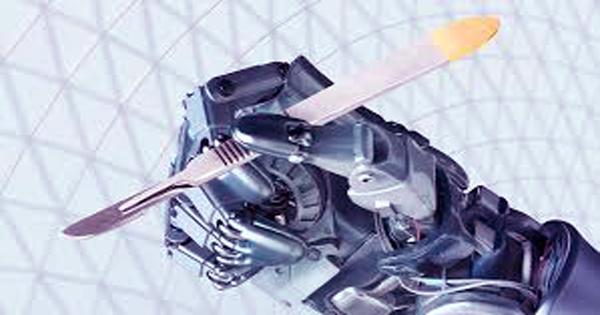Despite the potential for harm to the user, the robotic arm may be suitable for unexpected human movements, but it was important not to drown anyone while doing so. Reaching a maximum speed of 4.4 meters per second (6 miles per hour), driven by robotic limbs, magnetic grips, and hydrostatic transmission, Practical situations have shown that it can easily move at high speeds. In favor of his user’s steadfastness, Verno told IEEE Spectrum that in his experience of wearing the arm, it depends on the activity.
The team has already had to overcome many design challenges to reach this stage. As described in their paper published in IEEE Robotics and Automation Letters, the team’s robotic arm had to be lightweight to avoid putting pressure on the user, but strong enough to perform useful tasks (like pushing a wall). Weighing only 4 kg (8.8 pounds), The waist-mounted hydraulic arm has almost the same mass as the human arm and can lift 5 kg (11 lb) on its own, enough to carry manual industrial equipment.
“I’m getting used to it quickly and can compensate for a few movements (x, y, and z translational movements), but I still have some problems to compensate for the torsion movement (like if the arm hits a tennis ball is a racquet). Including, this is funny” In addition to exploring the field of autonomous control for the arm, Verono and his team have one more task they want to achieve. They want to recreate this (fake) ad of a robotic arm that holds someone’s beer when they make a little move but makes it real with their extra limbs. “The main challenges involved with this stunt are that we need real-time hip position and orientation (or armrest) to stabilize the end-effect [hand] and this arrangement is an absolute means of measurement (camera), or GPS, etc.), Verno told IEEE Spectrum. We’re working on it now!













